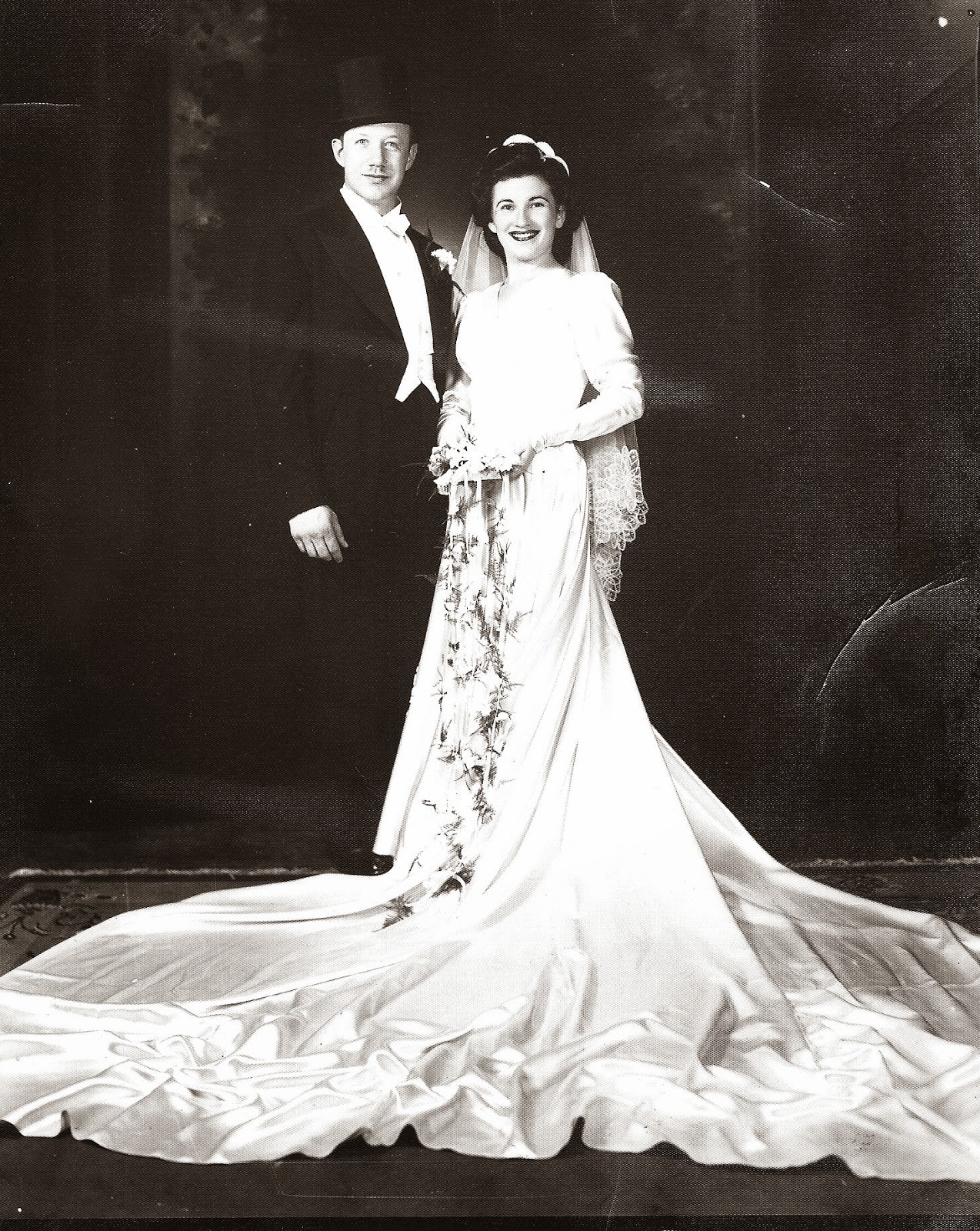
Rainbow eucalyptus trees (Eucalyptus deglupta) are some of the most strikingly colorful trees in the world, and Hawaii is one of the few places in the U.S. where you can see them in all their vibrant glory. These trees, native to the Philippines, Indonesia, and Papua New Guinea, are known for their unique multicolored bark, which naturally peels away in strips to reveal layers of green, blue, purple, orange, and red underneath.
Rainbow eucalyptus trees thrive in Hawaii’s warm, humid climate, particularly on Maui and the Big Island. One of the best places to see them is along the Road to Hana on Maui, especially near mile marker 7 in the Ke‘anae Arboretum. Some groves are near Hana, where the damp environment helps the trees maintain their vivid colors. The Big Island also has scattered rainbow eucalyptus groves, often found in botanical gardens and private lands.
In their native environment, these trees can grow up to 250 feet tall, but in Hawaii, they typically reach around 100-125 feet. Although they were initially planted for paper production, they’re mostly admired for their beauty and serve as popular photo stops for travelers.
The bark’s colors appear as the tree sheds layers at different times throughout the year, creating an ever-changing natural masterpiece. The bright green inner bark is newly exposed, and as it matures, it transitions through shades of blue, purple, orange, and eventually brown before peeling again.
Because they are non-native, some environmentalists monitor their spread, but unlike other eucalyptus species, they aren’t considered invasive in Hawaii. If you visit, remember to appreciate them without damaging the delicate bark—taking pictures is highly encouraged, but taking pieces of the bark is not!
As for orchids, as shown below in the “Photo from ten years ago today,”…
Photo from ten years ago today, February 3, 2015:
|
|





































